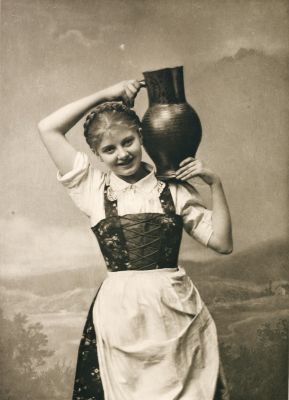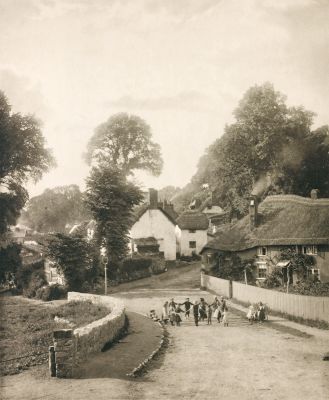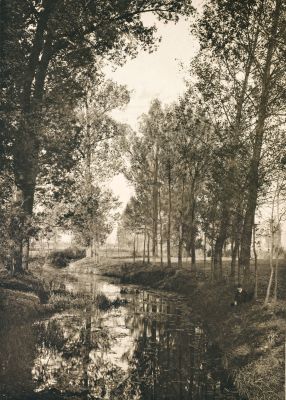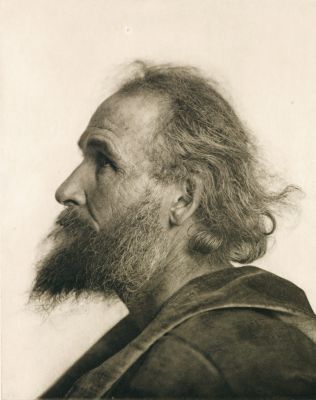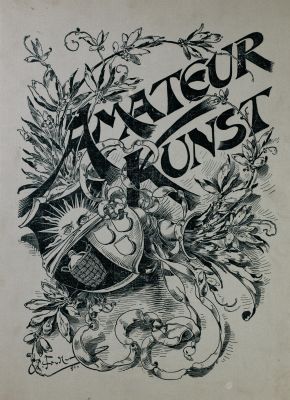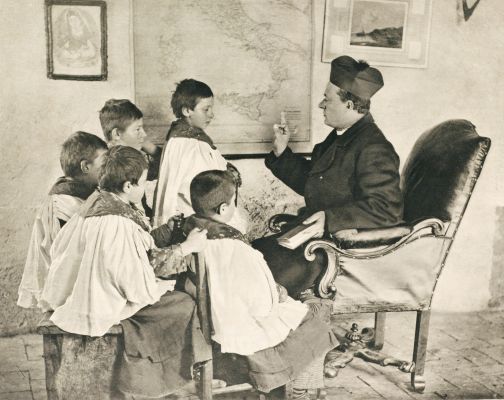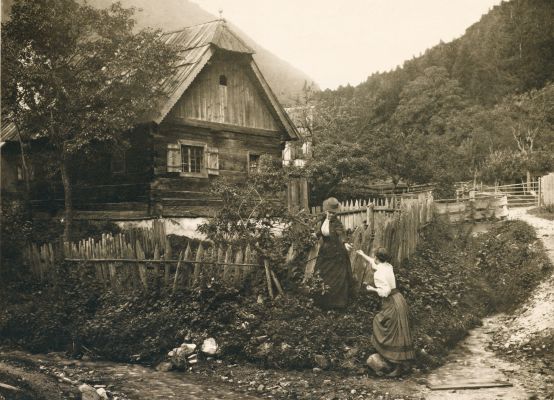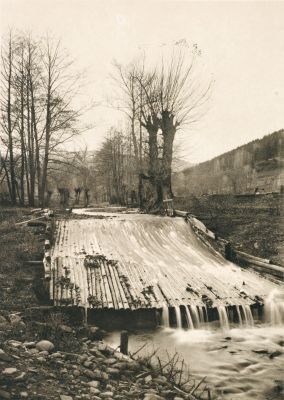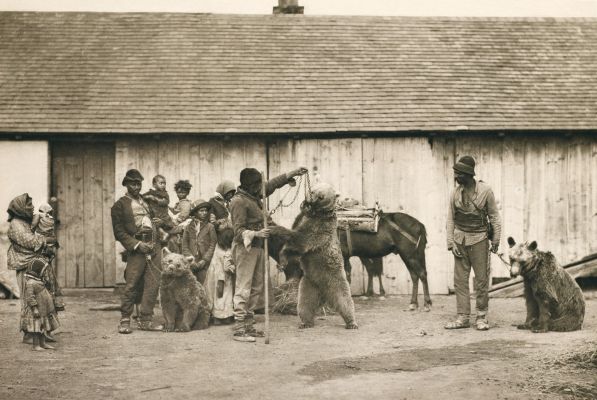
Title
Studie aus VenedigArtist
Archduchess Maria Theresia (Austrian, 1862-1933)Publication
Amateur-KunstDate
1891Process
Photogravure (chine-collé)Atelier
Richard Paulussen (Vienna)Image Size
23.5 x 17 cmSheet Size
50 x 38 cm
This potent crucible is of particular interest because its history provides a synthesis of the circumstances, issues, and ideas that determined the evolution of Pictorialism. [1]
Organized with great pomp and ceremony by the Club der Amateur Photographen in Wien (Vienna Amateur Photographers’ Club) and dedicated to the medium’s artistic dimension, the International Exhibition of Photography held in Vienna in 1891 paved the way for the Club’s success, enabling its dazzling and almost immediate elevation to the status of a model. The Exhibition was a watershed event in the history of photography and its promotion as a fine art, having a major influence on Pictorial photography and the future organizations that the Pictorialists formed. The exhibition rules for the first time limited inclusion solely to artistic photography: technical and scientific photography were refused. It was a groundbreaking event.
The significance of the exhibition was that it was the first international collection aimed at assembling the very best work from around the world without the prizes and awards that had come to be thought of as so undesirable at the Pall Mall Salon… The organizers did much homework before advertising the competition and making their final choices. They exercised considerable foresight in being the first to include the younger generation who would actually make a mark on the aesthetic development of photography. [2]
Not only was the exhibition groundbreaking, but the photogravure portfolio that followed it was equally monumental. Amateur-Kunst (Amateur Art) featuring 37 photographs from the exhibition reproduced exquisitely in photogravure was issued in a limited edition (perhaps no more than several hundred examples in total as only a few examples survive worldwide in institutional collections). A deluxe edition on Japanese paper was priced at 60 German Marks and a regular edition printed on Chinese paper (Chine-collé) was priced at 40 Marks. The 30 photographic plates (7 of the plates being diptychs) and letterpress for each were issued loose in a gray cloth over boards, three-point folder.
All of the copper plates for the portfolio were prepared and etched by Richard Paulussen, an expatriate Englishman working independently in Vienna. The plates themselves, under Paulussen’s supervision, were printed by the Kaiserlich-Königlichen Hof- Und Staatsdruckerei in Wien-(Vienna’s Imperial and Royal state printers). A separate small photogravure by English photographer Arthur R. Dresser is additionally included on the introductory final letterpress page of the portfolio.
Amateur-Kunst‘s success inspired other organizations like the Photo-Club de Paris (Première Exposition D’art Photographique: Paris 1894), the Linked Ring (Pictorial Photographs. A Record of the Photographic Salon of 1895), and the Camera Club of New York (American Pictorial Photography, Series I, II 1899) to produce lavish photogravure portfolios of their own. These portfolios, together, would become a potent force in the fight to have photography recognized and accepted as a legitimate fine art. A keystone role for the beautiful photogravure process.
References
[1] Manon Hübscher: The Vienna Camera Club-Catalyst and Crucible: in: Impressionist Camera: Pictorial Photography in Europe, 1888-1918 : Merrell Publishers : 2006 : p.125
[2] The Collection of Alfred Stieglitz: Fifty Pioneers of Modern Photography: Weston J. Naef: The Metropolitan Museum of Art: 1978 : p. 22-24
https://photoseed.com/collection/group/amateur-kunst-/ cited 02/20/23

